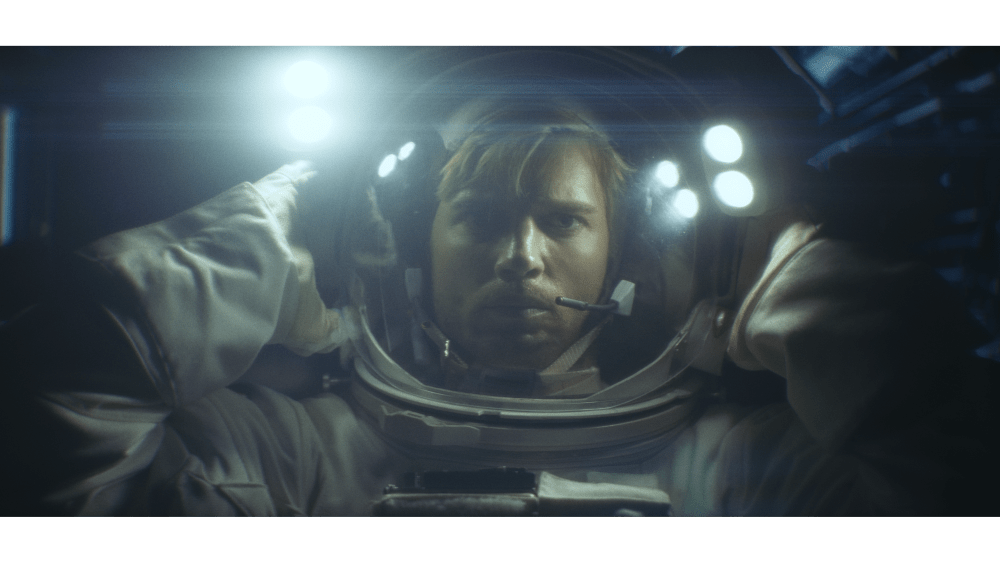While “Orion” is an ambitious indie space saga, its examination of human nature is decidedly earthbound.
The film stars Andrew McCarthy as Jim, a NASA bigwig tasked with helping Apollo (Drew Van Acker), an astronaut with memory loss, figure out what happened to cause his ship to crash and leave the other crew dead. Their back-and-forth makes up the core of the film, as twists, turns and discoveries gradually unfold.
Director Jaco Bouwer found plenty of grounded elements in Anne Vithayathil’s script for “Orion.” Audiences will set sail on the film’s maiden voyage when it has its world premiere at FilmQuest in Provo, Utah, on Oct. 25.
“I don’t think we have an absolute truth anymore in this world,” he says. “This really touches on that without being super on the nose. Science fiction intrigues me a lot. I like the genre because it’s a little bit more of an expressionistic way of going about emotions.”
Bouwer credits his collaborators for helping walk the film’s tricky tightrope of making a largely two-hander feel expansive. He cites McCarthy’s curiosity about the script — which is miles from the Brat Pack roles that first made him famous — as one big benefit.
“He needs to know exactly what’s going on,” Bouwer says of McCarthy. “He really portrays Jim in a good way: There’s a cerebral aspect to him, he’s the master manipulator. In our film, there’s a moment towards the end where we do see some part of humanity behind it. I find him really professional, and I think his range is much bigger than we’ve seen before.”
Beyond the dialogue, Bouwer and his cinematographer David Kruta were eager to make the contained film feel taut and dynamic — no easy feat on an indie production.
“We actually used quite a few different lenses,” Bouwer says. “For the flashbacks, we used anamorphic, and we also changed the ratio. We sometimes went extreme wide-angle. Most of the effects were done in-camera. For me, it’s always performance first, so it’s important that the actors feel that. Because everything happens under one roof, the movement is motivated. So I would come in in the morning and we would block it in a way, and once we’ve done that, then I had a meeting with my DP to see how we can best choreograph the camera to suit them. Sometimes it’s purely for a visual, but mostly it was plotting their journey and letting the camera follow them or capture them in the best way.”
Also critical were the sparingly-used glimpses of the further regions of outer space, which helped to convey the scale of the story — including a stunner of a final scene.
“Especially that shot at the end, you pull back and just see the smallness and the scale of it,” Bouwer says. “There’s something really great for me, and emotional and sad as well, about that image. It’s kind of subliminal, but it was always in the back of my mind to make it feel that there is something bigger around. It makes the world bigger, although it’s a two-location film.”
And while the vastness of the universe is worth considering, Bouwer had the most fun conjuring all of the fun and thrills out of a small-scale story.
“I was really trying to mislead the audience in subtle ways,” he says. “I think it boils down to performances. If the performances weren’t believable, you’re in big trouble. So I was very happy to have Drew and Andrew as my main guides through this maze of twists and turns.”
Watch the first footage of “Orion” below.

